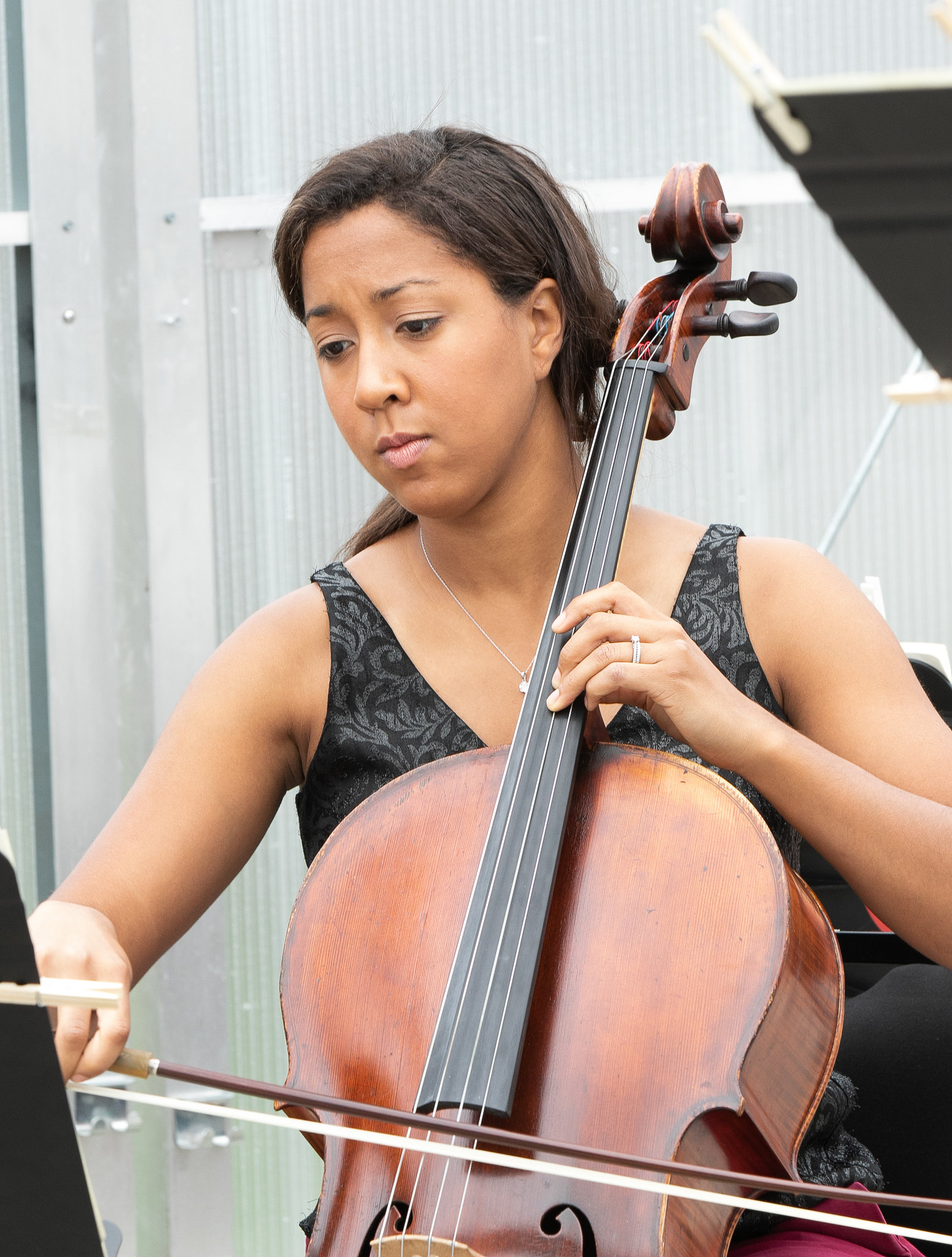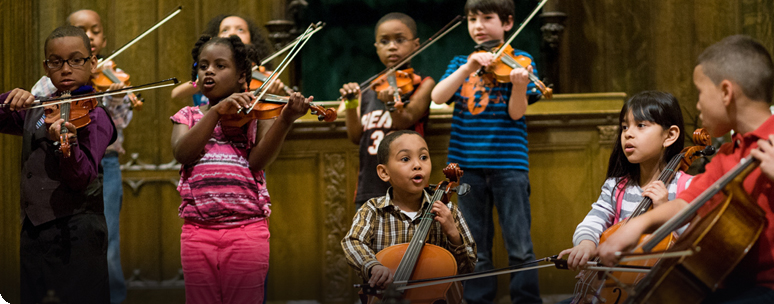 Cellist Holly Dyer recalls her first impression of Prokofiev’s piece in anticipation of her performance at Thursday’s Sonata Series Event. Photo by Erin X. Smithers.
Cellist Holly Dyer recalls her first impression of Prokofiev’s piece in anticipation of her performance at Thursday’s Sonata Series Event. Photo by Erin X. Smithers.
I remember the first time I heard Sergei Prokofiev’s Sonata in C Major for Cello and Piano, Op. 119 in a student master class during my freshman undergraduate year at Boston University. I was immediately drawn into the sonorous opening solo cello line played in the rich lower register of the instrument. The entrance of the piano a few measures later, also in a middle-lower register of the instrument, sublimely complimented the cello as the pair began the journey of this sonata. The cello then introduced a contrasting childlike second theme played in canon with the piano, followed by a contrasting theme of energetic runs as if a parent were nagging that childlike theme. At the end of the movement, the cello launched into a fury of runs in the higher register that juxtaposed with the piano’s grandiose chords. This rather quickly dissolved into an airy, almost haunting swirl of harmonics in the cello, which, considering the touch of post-War themes, has been considered to echo Prokofiev’s violin sonata as a “wind over the graveyard,” as if the fury that precedes it touches on the terrors of the fatality of the war.
Prokofiev wrote the sonata in 1949 and it premiered shortly afterward at the Moscow Conservatory. This piece was written toward the end of the Russian composer’s life–he died in 1953–and he was in ill health and could not be present for the performance. The piece was written for and premiered by Russian cellist Mstislav Rostropovich (1927–2007) a musician considered to be one of the greatest and most prominent cellists of the 20th century, and who inspired and commissioned a number of works for cello that have been added to the standard cello repertoire.
The intense post-WWII political climate had an effect on this piece, in both reflecting on the horrors that the war brought and having being written during the time of Stalin’s regime in Soviet Russia, where any piece of art that showed disobedience to the Russian government could have resulted in death.
The themes, sounds, and sonority in the first movement of Prokofiev’s sonata are mesmerizing just as the motives in the second and third movements are perplexing. In the second movement a light-hearted, witty, almost satirical main theme is interrupted by a warm, and beautiful second theme that almost seems like it should exist in the first movement. The third movement shows a variety of themes in contrasting colors where it’s difficult to see the line between what is ironic and what is genuine. This final movement would also be considered the most virtuosic and musically-complex of the three, and the finale of the piece ends in a flourish that shows positivity in response to the wit and horror that one experiences throughout the sonata.
When the opportunity came to present for this year’s Sonata Series, I knew that I wanted to explore Sergei Prokofiev’s Sonata in C Major for Cello and Piano. I love this piece, and it is one of my favorite sonatas of all-time. I look forward to sharing it with all of you this Thursday, where I am joined by pianist Jeff Louie and my colleague, violinist Sarah Kim, who’ll perform Ravel’s Violin Sonata No. 2.
Holly Dyer is a cellist and CMW Fellow.
Join us Thursday, February 20 at 7pm at RISD Museum’s Grand Gallery, 20 North. Main Street, Providence. Admission to the Museum and concert is free as part of the Museum’s Third Thursday series.
